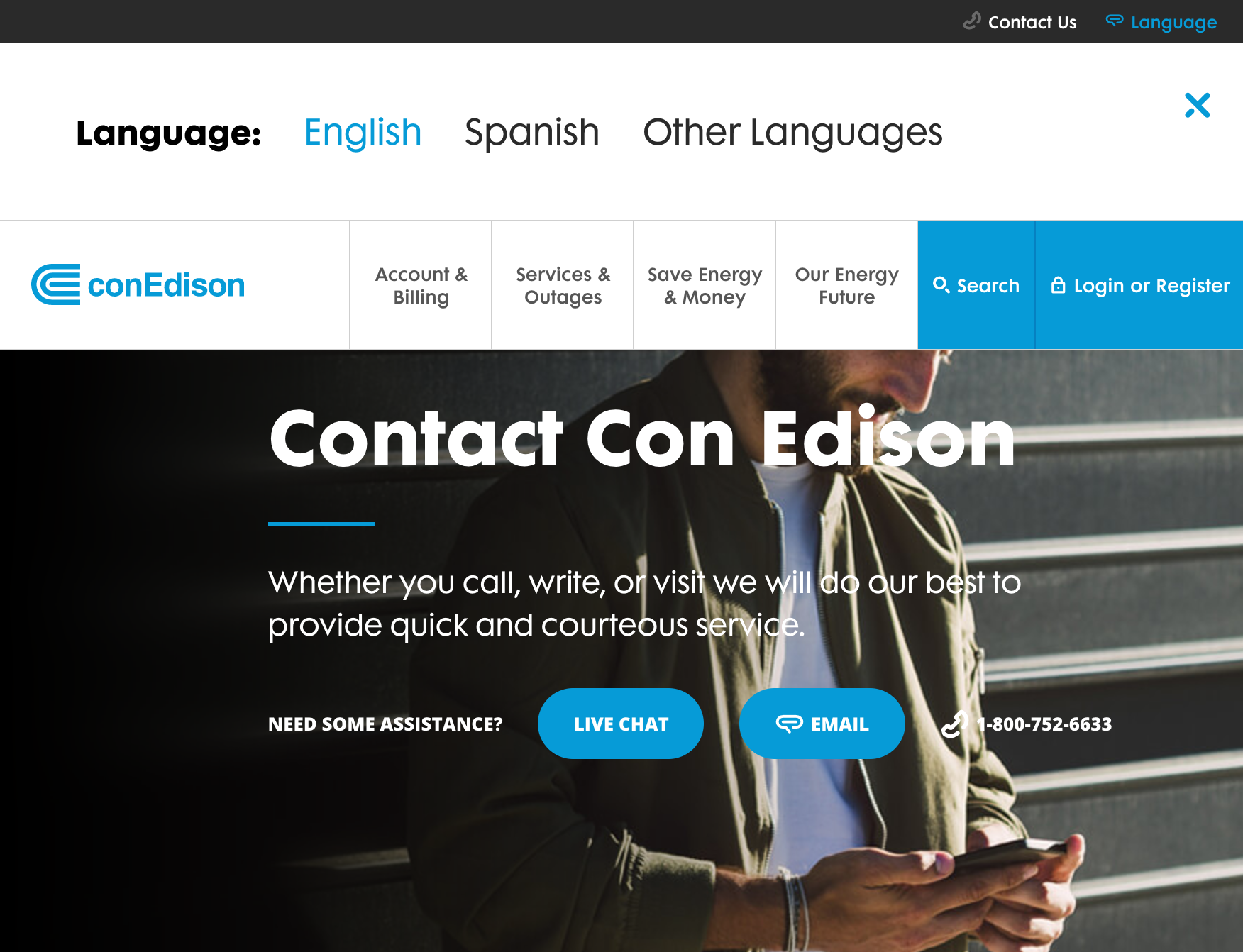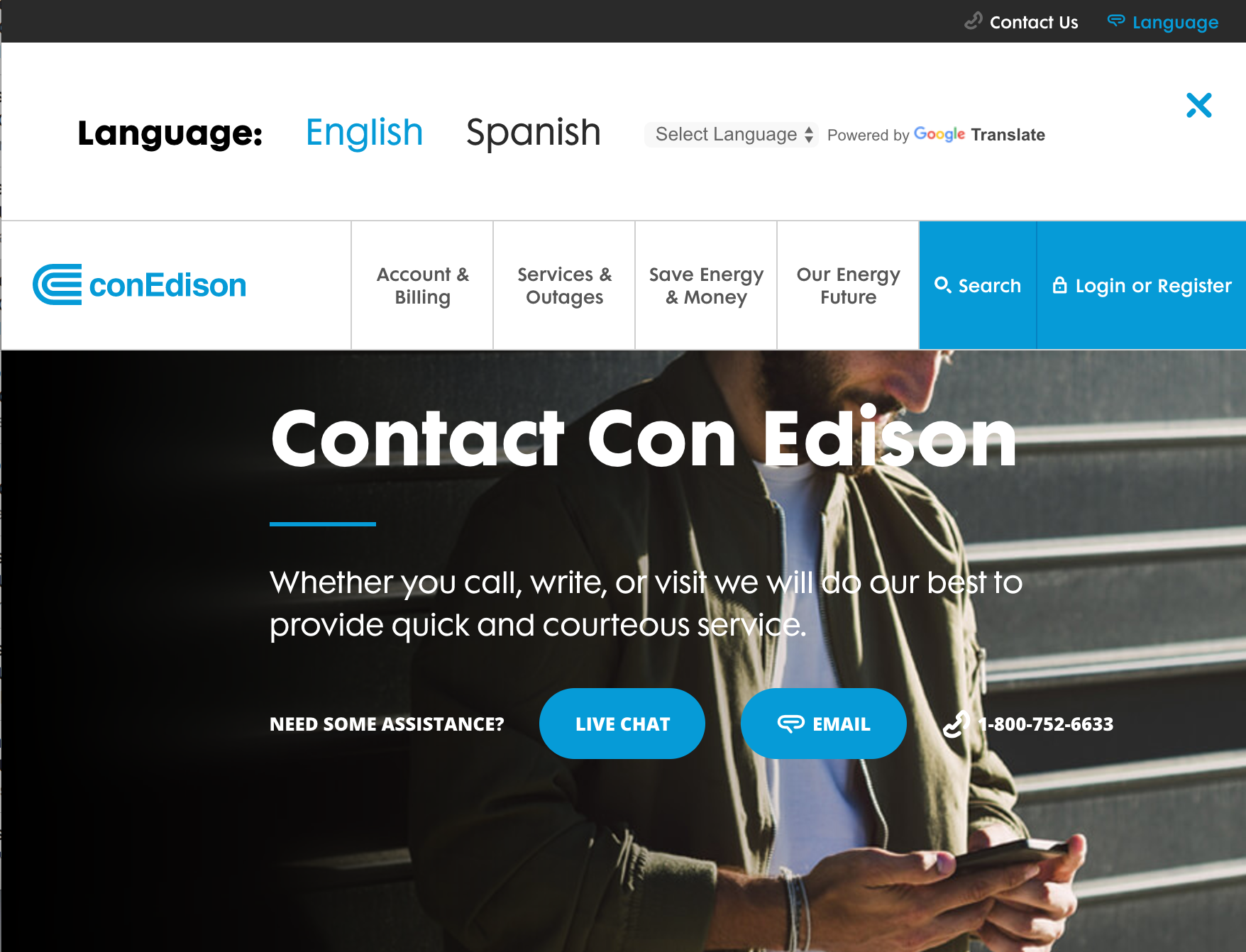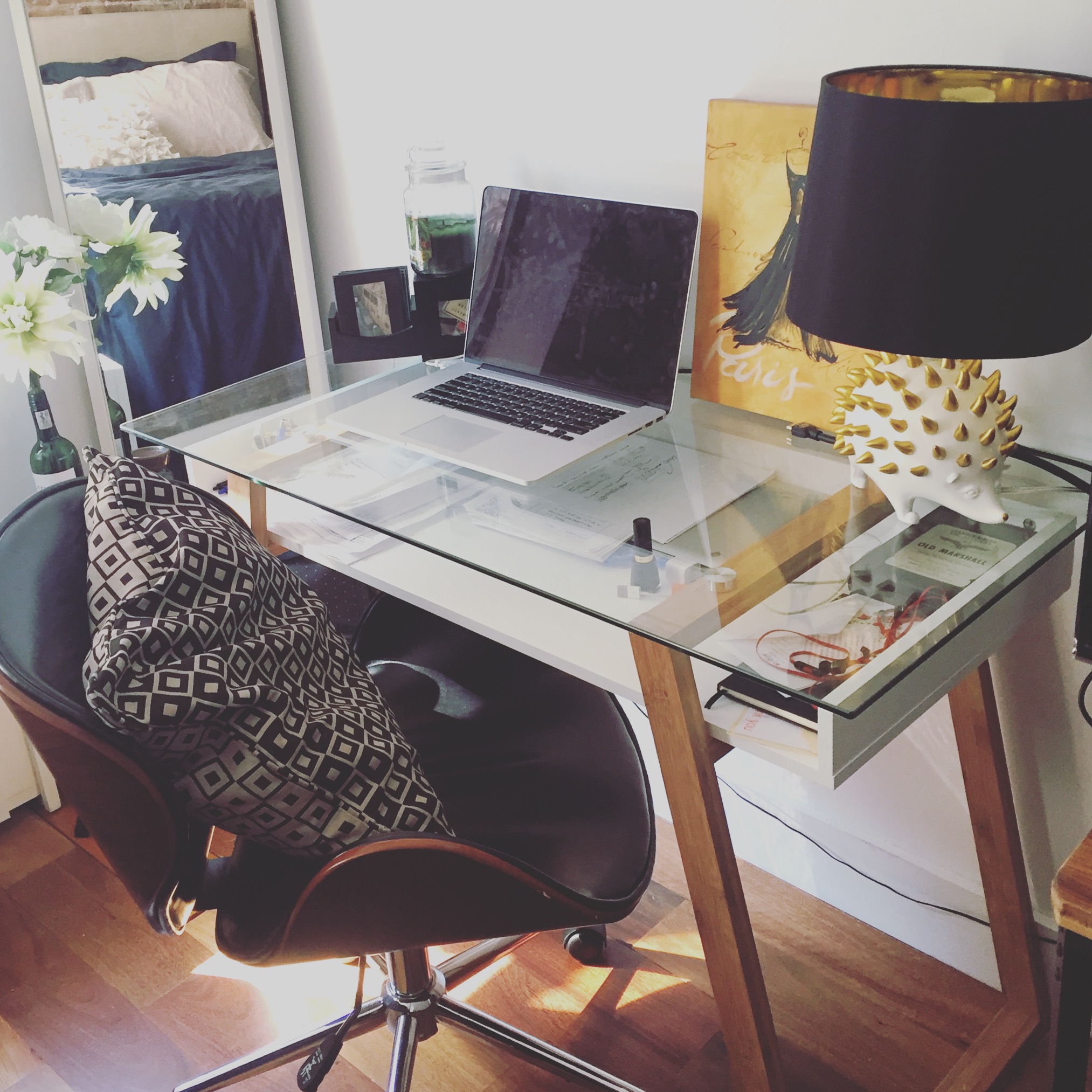Forward
While it’s only October, 2018 has brought me some incredible career experiences; I finished off a large-scale (2 year) digital transformation of New York’s largest utility provider, did my first technical UX writing work for the most famous fitness brand, and got more than knee-deep learning about the crazy-complex insurance vertical. Whew. Let me catch my breath.
But, it also brought me an incredible array of cold-contact-emails from junior UX designers looking to have casual coffee-date conversations about their UX career. (I applaud all of you. This is NOT an easy thing to do.) The first email made me think about how much I needed this chat 10 years ago, so I made it my goal to say yes to every single email. And, I have.
I know I won’t always have time to schedule these in-person meetings or vid-chats (time = money, yes), so I created a list of the top questions that I’ve been asked this year. Based on my past 11 years in the creative/UX industry, I hope this can act as a starting point for anyone new to UX or anyone curious about where to take their UX career.
May my experience help you navigate your careers,
Christine
1. If I’m a junior UXer, should I work at an agency or a start-up?
My short answer…
Both. Both offer extremely different, but inherently valuable, environments and experiences to help you decide where to take your future career.
My long answer…
Start-up Life
Early in my career I spent several years at a 5 person creative shop in midtown where I worked side-by-side two developers who helped me understand the complexities of the engineering world and how it could affect the decisions that I made on the creative end of the spectrum. I learned how to work fast and learn faster, balance the trade-offs between technology and UI, and Google-search the hell out of things that I didn’t know. And, the freedom to explore and integrate the use of new tools and practices made my sweet little soul explode with joy.
Adversely, in start-up environments you’re dealing with a more restricted team. You may have less senior leadership who carry past experience to lean on, and with less experience, you’ll have less knowledge to determine the ideal process for a project execution. This can create areas of risk which may fall back on you if things don’t work out. And, done forget, there will be late nights. Yes, inevitably, many of them. But, hey, the snacks and alcohol are great perks.
Agency Life
Post start-up life, I got a job at a global digital agency. An agency that had won some of the most prized global awards, executed large-scale projects with the world’s biggest brands, and boasted a strong company vision for the future of the local office. If you’re not glossy-eyed by that already, one of the best part of working here was the opportunity to work under some of the most talented individuals in the UX industry. I beefed up my UX best practices (and how to articulate why/when to break them), learned when and how to properly execute a wide-array of ux research methods, and found peace when I learned how to say “no.”
Yes, there will typically be more hands fulfilling more specialized roles. You’ll have lots of resources to answer whatever questions you run into (and yes, there will be lots). It’s the ideal place to meet insanely brilliant people–inspirational leaders that will get you to drink whatever kool aide they are selling, obscenely multi-talented creatives that will make you wonder if they have a life outside of the office, and the most assiduous user experience practitioners that will kill you with both their vast user data and lucid imagination.
Yes, it’s a great place to gain a whole different set of skills and knowledge, but with more people, and more processes, and more red tape, agency-life tends to run a bit slower than start-up world. New tools have to be signed off by your boss, your boss’s boss, finance, and then maybe global gets involved before you can fold a new tool into your toolbox.
To keep the lights on and go after the more glamour projects, most agencies need to take on some less-than-glamours work. So don’t always expect to be working on the exciting Nike project. 100% of agency individuals have worked on less-than-shareworthy projects like creating mayonnaise advertising or building digestive health website templates. But, if you can get past the product, the work can be pretty interesting.
2. Where do I find jobs?
This is the million dollar question right here. Well…
If you’re like me and on LinkedIn more than you should be, I’m sure you have an inbox full of emails from recruiters trying to throw a hook out in search of their next UX designer. While working with recruiters is certainly an option, this is far from where I start my job search.
Start with your network. Consider all the people you’ve worked with. Are they at another company that may need a UX designer? Have you gone to any networking meet-ups recently? Reach out to some of the Individuals you connected with to chat UX. Have you recently used a product and been enamored by the experience you had? Reach out to some of the Individuals (or the company) to just chat about UX. Does a friend know a UX designer? Ask them to schedule drinks for all of you to meet. Utilizing this more personal network provides a more accurate inside perspective on what the company is truly like to work for, can help you see how your work-life values will fit inside a company, or can even help you gain a stronger understanding of where your unique skillset would be beneficial to their team’s work. And the best part, these Individuals won’t sway money away from your yearly salary (yeah, I’m looking at you recruiters).
LinkedIn has also made it incredibly easy to research experience designers. Find someone who has work you admire–someone who you are incredibly afraid to talk to–and send that person an email. Email also makes it easy for us to click ignore, so, don’t feel back if everyone doesn’t respond. But, for those who do get back to you (remember patience is a virtue), take advantage of it. Ask for a 15 minute Hangout chat. If you’re close, offer to pay for a coffee for a bit of their time. It costs nothing to ask. This is your career, and nothing big comes without a bit of risk. (Trust me, this is the lowest risk task you will EVER have to take in your career, so just do it.)
Connections and networking are integral to shaping an extremely successful UX career. So, don’t be afraid to attend events. Speak up. Ask questions. Make office friends outside of your discipline. Get around, knowledge-wise. Your career will thank you later.
*Footnote here* If you don’t get feverish emails from recruiters, and you are dying to, try updating your profile, ask some colleagues to give you a recommendation, or actively engage with interesting posts. This will help boost your profile in the UX rankings and list your profile higher up to recruiters who are searching for people like you.
3. What do UX hiring managers look for in a junior UX designer?
We know that you don’t have a plethora of experience, but we’re expecting to see some really strong qualities when we interview a junior UX designer.
Hunger: No, I’m not talking food-hungry. I’m talking about a hunger to explore, learn, work hard, and develop new skills without someone babysitting you. We know that you may not have everything figured out at this point in your career, but we want you to always be pushing to better yourself and skillset.
Hand-Raiser: We’re not looking for someone with all the right answers, we’re looking for someone who’s willing to admit when they don’t know the answer–someone who isn’t afraid to raise his/her hand in the all-staff meeting. I want someone to tell me when they find themselves lost on a task before I lose a weeks worth of time on you sitting there twiddling your thumbs.
Story-telling Skills: UX is a field of crafting and presenting stories. I want someone who can articulate an intriguing story. An easy start is your portfolio. It’s probably pretty light, but walk in and tell me a story about your most recent project. Show me some pictures without a million words on the slide. What excited you about it? How did you connect with it? What was unexpected about it? What did you learn along the way? What do you wish you could do differently?
Positivity: No Debbie-Downers allowed. It’s not always going to be rainbows, unicorns, and pots of gold. I look for positive energy. How do you deal with stressful situations?
Culture-fit: No (normal) manager likes laying off individuals, so I take extra care in assessing how I see a potential candidate fitting into my team. Individuals have different working-styles, exhibit unique personalities, embody different work-life balance requirements–and that’s cool. But when we have to find someone to fit into an existing team, we want to make sure the fit is mutually beneficial.
4. What about my portfolio? I don’t have much to show.
Even if you only have a single project from a past General Assembly course or a past job, this is the perfect pace to start. Your work is only as strong as the story you tell with it. Use your work and process to guide whatever you create–maybe it’s a deck of slides or maybe it’s a website. Take me on an emotional and engaging journey through your UX process, however this comes to life. Some things to think about:
What problem you were looking to solve (and why)?
How did you personally/empathetically connect to this project?
What type of research did you conduct (and why)? What did it tell you? What decisions did you make based on this research?
What types of deliverables did you create over the course of the project? What did they inform?
What problems did you run into and how did you solve them?
What would you go back and do differently if could?
What is the 1 thing you will take as a learning into your next project?
I’m typically not as concerned with how beautiful and shiny it looks, but I am concerned with your articulation. Don’t just show a wireframe and expect your reviewer to be engaged. This is the “YOU” show, so make sure YOU know your stuff.
Inevitably, we don’t expect to see a full-blown 60-slide pitch deck, but we want to hear your story (see how this ties back to one of the qualities I look for?). Consider starting with a story of why/how you got into the UX field. When I graduated college, there was no UX degree, so my colleagues and I all came from different backgrounds. Each of us can articulate a beautiful and engaging story about how we landed in the UX industry. I look for passion, entertainment, and your emotional connection–a story that keeps me on the edge of my chair wanting to hear more and sad when it ends.



















